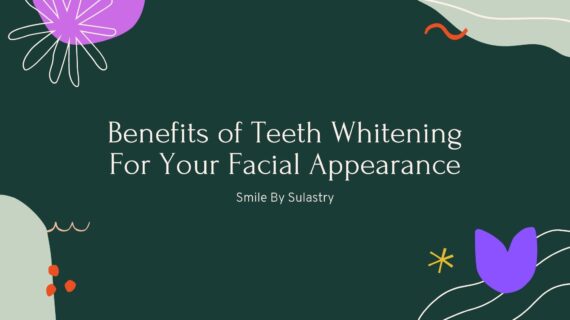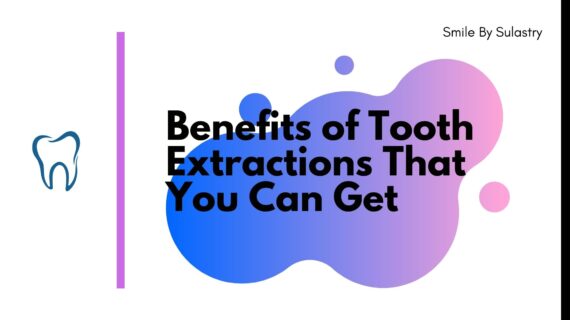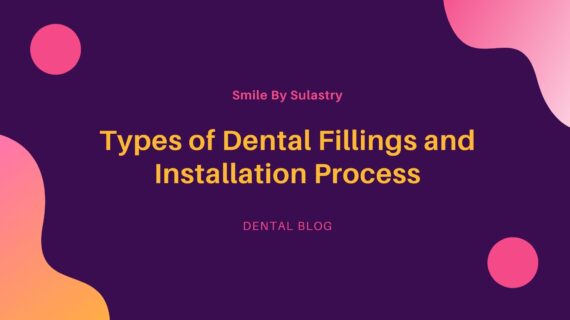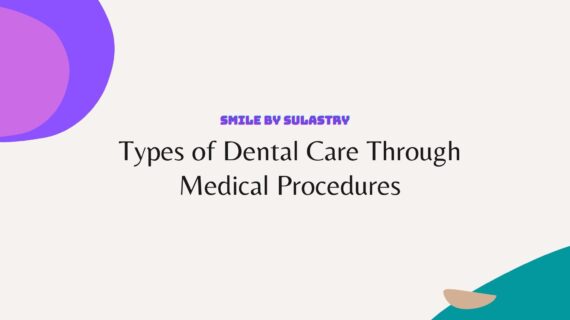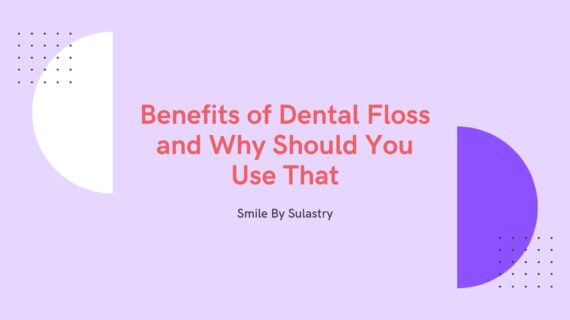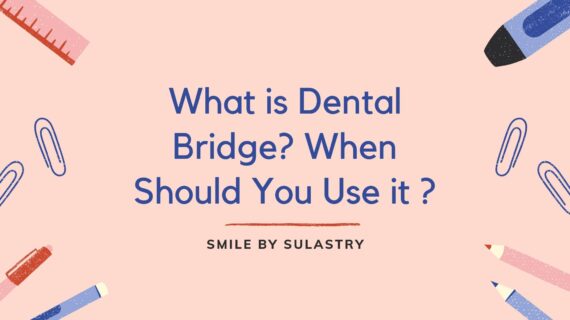Benefits of Teeth Whitening – Your smile says a lot about you. A smile plays an important role in the first impression other people get when they see you. Showing off an attractive smile will also make you feel better inside yourself. If your teeth are stained or discolored, you definitely won’t feel comfortable showing them off with a beaming smile.
Your teeth can also be stained with food and drink. The stain staining effect includes berries, red wine and the use of tobacco.
You will get benefit from teeth whitening by a dentist if you decide to use it. The doctor will provide a quick and very effective solution to enhance your appearance.
Don’t go overboard with over the counter teeth whitening products. It is recommended that professional teeth whitening by dental experts in order to achieve maximum results. Teeth whitening can lighten the tooth enamel and dentin underneath in a procedure that is tailored to your individual needs.
Here are some of the benefits of teeth whitening you’ll get from professional treatments.
Also Read Procedure of Getting Braces That Should You Know
1. Better Oral Health
When a dental professional removes tooth stains, it can strengthen the health and strength of your teeth. What causes tooth decay is usually cavities and gum disease. This is caused by the accumulation of plaque. The sticky coating that provides a breeding ground for harmful bacteria.
2. Improve Facial Appearance
A new smile can completely change your appearance. This can make you look younger and even reduce the appearance of wrinkles on your face. You can brighten your teeth and improve your overall appearance.
Your teeth are part of your face, and it’s the first thing people see when they look at you. Therefore, when you whiten your teeth, you are not only changing the style of your teeth, but also improving the overall appearance of your face.
3. Results To Be Guaranteed
Have you tried using several products to whiten your teeth but without success? Some methods require a product that may not provide effective results. Other products found at your local drugstore can give uneven results and partially whiten your teeth.
Professional teeth whitening is not only fast. The results are also reliable. After a session with a professional dentist, you will get advice on how your teeth will last for a long time.
4. Safe and Comfortable Treatment
If you are not careful in choosing a medication, some over the counter bleaching medications can damage your gums. It can also make your teeth more sensitive to anything that gets into your mouth. A professional dentist will not take the risk of using harmful products on your teeth.
If you come to a dental professional, you will also get tips on how to care for your teeth after treatment. This treatment options are safer because they are experts at performing procedures. A dentist will also monitor its progress to make sure your teeth are not damaged. By adjusting the concentration of the whitening agent, your gums and teeth are completely protected from attack.
5. Can Be Long Lasting
If your teeth are supported by good routine oral hygiene at home, the results of professional teeth whitening will last for a long time. Because the whitening ingredients available to dentists and dental hygienists contain a stronger whitening agent than those you can buy over the counter.
6. A Brighter and Beautiful Smile
One of the great benefits of teeth whitening is that it instantly gives you a brighter and more attractive smile. A dentist or dental hygienist can remove deep stains that will have little impact on whitening toothpaste.
7. Faster Result
If you use professional teeth whitening, it can change your entire smile in less than an hour. You don’t have to wait weeks to see a change in the appearance of your teeth. Store bought products may be cheaper, but not of the quality compared to professional dentists.
You can wait sooner for whiter teeth and still get satisfying results. The benefit of teeth whitening at the dentist clinic is a guarantee that you will be satisfied with the end result.
8. Affordable Bleaching Procedure
In dentistry, many procedures are available to improve quality of life. Most of them are expensive and beyond the reach of the average person.
The best thing about bleaching is that it’s still within reach from a cost standpoint. It provides life changing results at a very low cost. One of the benefits of teeth whitening is that it provides a high return on your investment.
A dentist will examine your mouth before doing any teeth whitening treatments. The goal is to make sure there are no problems that might be exacerbated by the bleaching process. Such as failed fillings or exposed tooth roots can cause significant problems if exposed to bleach.
Teeth whitening is a safe and effective treatment that can boost your self confidence. It can also produce faster and longer lasting results than any whitening toothpaste or teeth whitening tools on the market.
